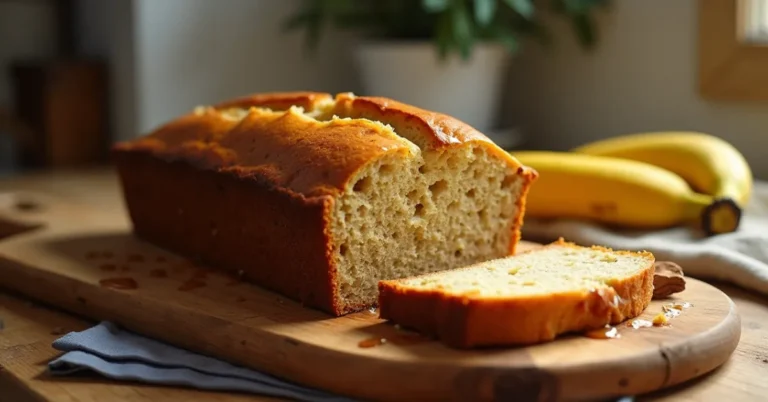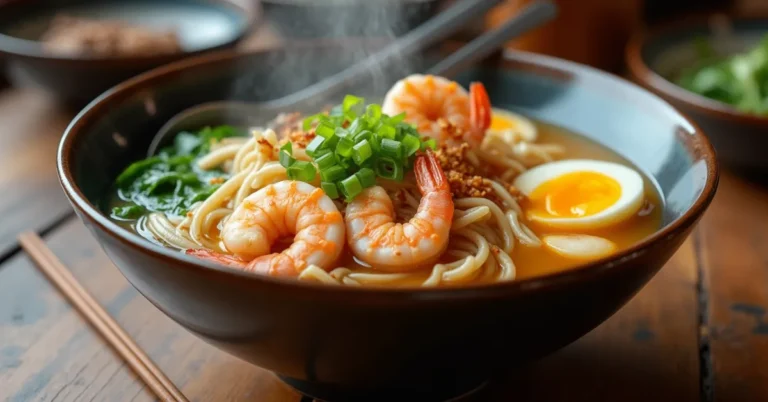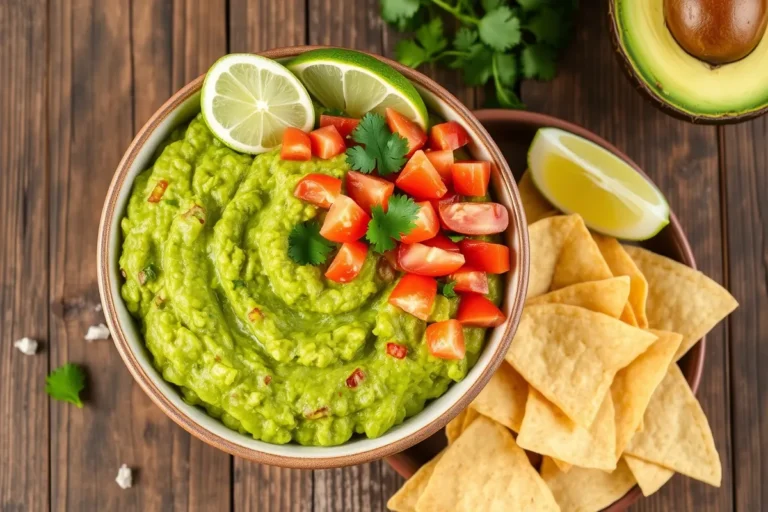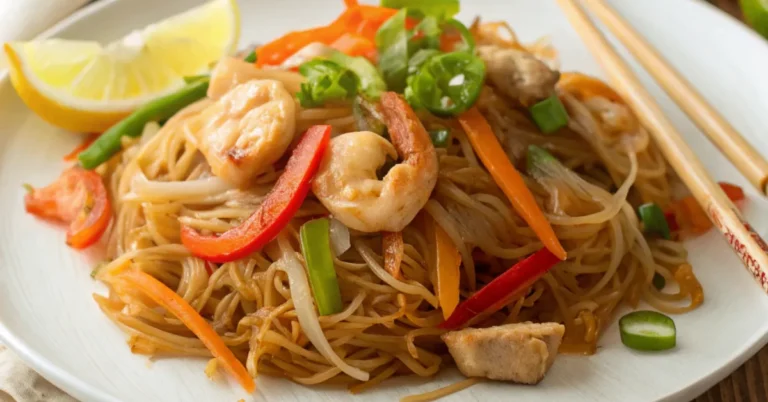Bibimbap (Korean Rice With Mixed Vegetables): A Flavorful Korean Rice Bowl You’ll Love
Introduction
When it comes to iconic Korean cuisine, few dishes rival the allure of Bibimbap (Korean Rice With Mixed Vegetables). Bibimbap, meaning “mixed rice” in Korean, is a deliciously balanced dish that brings together a colorful array of vegetables, savory proteins, and an irresistible blend of seasonings. Each bite is a perfect combination of flavors and textures, making bibimbap a beloved choice among both Korean food enthusiasts and those exploring the cuisine for the first time.
In this blog, we’ll dive into the story of bibimbap, its essential ingredients, and a step-by-step guide to crafting this nutritious and flavorful dish. With simple, easy-to-find ingredients and a few cooking techniques, you can create an authentic Korean meal that’s sure to impress.
Table of Contents
Recipe Card for Bibimbap (Korean Rice With Mixed Vegetables)
Recipe Name:
Bibimbap (Korean Rice With Mixed Vegetables)
Description:
A classic Korean rice bowl featuring a vibrant mix of vegetables, perfectly cooked rice, and a rich, savory sauce. Bibimbap is a comforting yet nutritious meal that’s perfect for lunch or dinner.
| Prep Time | 20 minutes |
|---|---|
| Cook Time | 10 minutes |
| Total Time | 30 minutes |
| Servings | 4 |
| Calories | Approximately 500 kcal per serving |
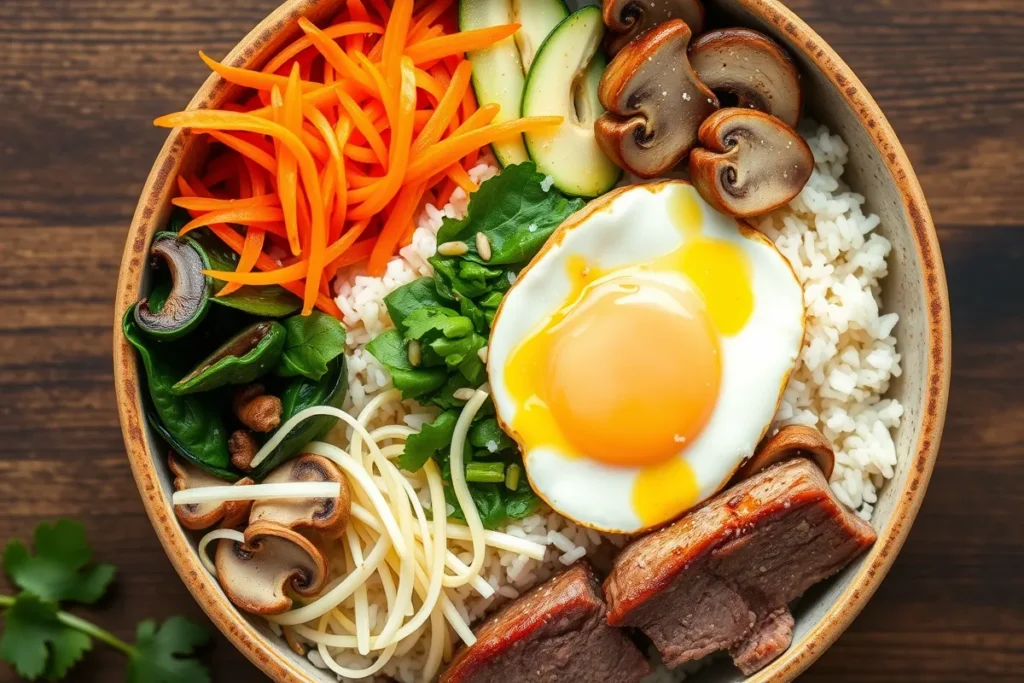
Ingredients List:
- 4 cups of cooked rice (use short-grain or sticky rice)
- 1 cup spinach, blanched and squeezed dry
- 1 cup carrots, julienned
- 1 cup zucchini, julienned
- 1 cup bean sprouts
- 1 cup mushrooms (shiitake or button), sliced
- 1 tsp sesame oil
- 2 eggs (fried sunny-side up for topping)
- 1/2 lb thinly sliced beef (optional for non-vegetarian version)
- Salt to taste
For the Bibimbap Sauce:
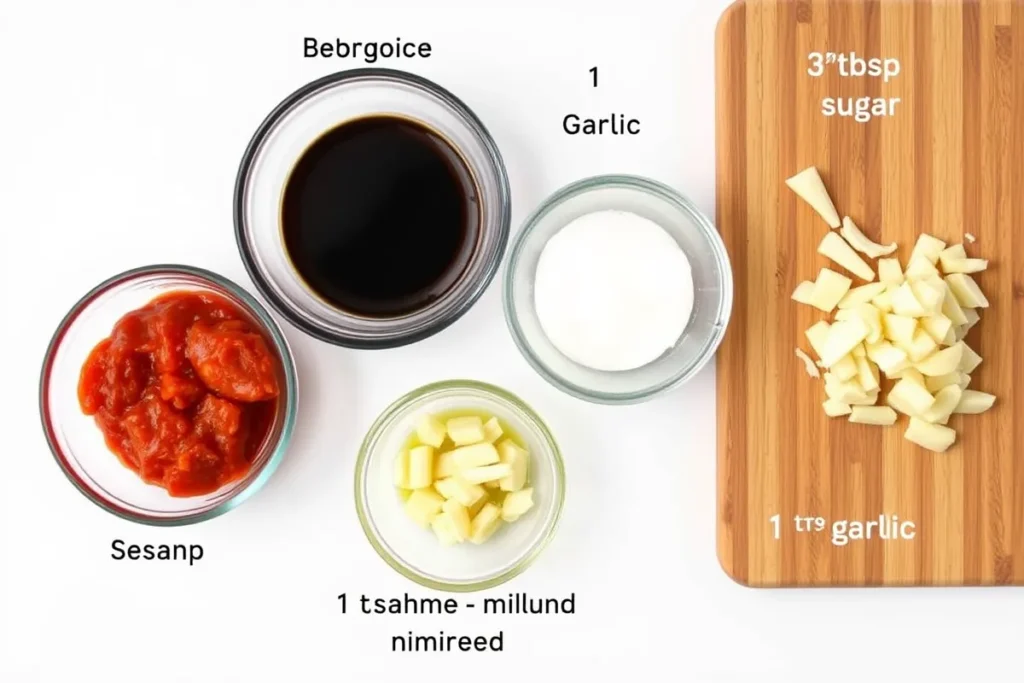
- 3 tbsp gochujang (Korean red pepper paste)
- 1 tbsp sesame oil
- 1 tbsp soy sauce (use Korean soy sauce for authentic flavor)
- 1 tbsp sugar
- 1 tsp rice vinegar
- 1 clove garlic, minced
Instructions:
- Prepare the Rice: Cook the rice and set it aside to cool slightly.
- Sauté Vegetables: In a large skillet, heat a teaspoon of sesame oil. Sauté each vegetable separately with a pinch of salt until they’re tender but still vibrant. Set aside.
- Cook Beef (Optional): In the same skillet, sauté the beef slices with a dash of soy sauce until cooked through. Set aside.
- Prepare Bibimbap Sauce: In a small bowl, mix gochujang, sesame oil, soy sauce, sugar, rice vinegar, and minced garlic.
- Assemble the Bowl: Place a portion of rice in each serving bowl. Arrange the vegetables, beef, and fried egg on top of the rice. Drizzle with bibimbap sauce.
- Serve: Mix all the ingredients in the bowl before eating, allowing the flavors to blend.
Nutrition Information (per serving):
- Serving Size: 1 bowl
- Calories: 500
- Protein: 15g
- Fat: 12g
- Carbohydrates: 75g
- Fiber: 5g
Why You’ll Love This Bibimbap Recipe
- Healthy and Nutritious: Packed with vegetables and lean protein, this Bibimbap (Korean Rice With Mixed Vegetables) is a complete, balanced meal.
- Versatile and Customizable: Easily adapt this dish with different vegetables, proteins, or sauces.
- Bursting with Flavor: The bibimbap sauce brings a spicy, umami flavor that ties all the ingredients together beautifully.
- Quick and Simple: With just a few simple steps, you can recreate this iconic Korean dish at home.
- Great for Leftovers: You can mix and match ingredients to use up leftover rice and veggies.
Key Ingredients and Substitutions
- Rice: Short-grain or sticky rice is ideal for bibimbap as it holds the ingredients together better. Cooking brown rice or basmati rice also works well, especially if you’re seeking a healthier twist.
- Vegetables: The classic vegetables in bibimbap include spinach, carrots, zucchini, mushrooms, and bean sprouts. Feel free to substitute based on availability or preference, like using bell peppers or kale.
- Gochujang (Korean Red Pepper Paste): This ingredient provides the unique spicy-sweet flavor of the bibimbap sauce. It can be replaced with sriracha or a mix of chili paste and soy sauce if unavailable.
- Protein: Thinly sliced beef, such as ribeye, is traditional. However, you can add chicken, tofu, or shrimp for variety.
How to Make Bibimbap (Korean Rice With Mixed Vegetables)
1. Prepare the Rice:
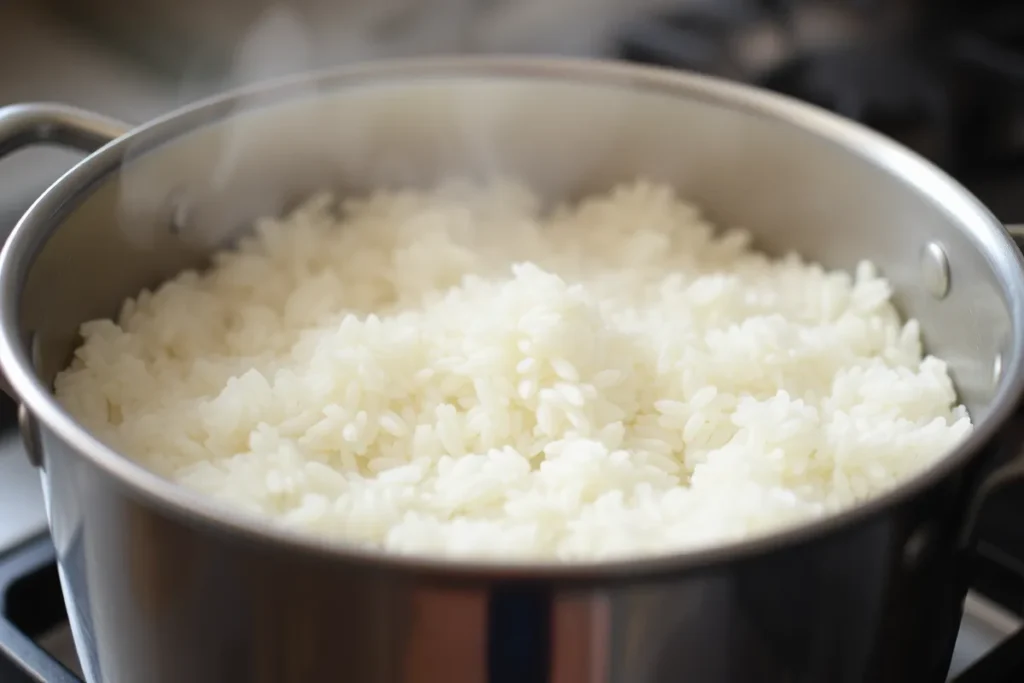
Start by cooking white rice or your preferred type in a rice cooker or on the stovetop. For bibimbap, make sure the rice has a slightly sticky texture, which will help bind the ingredients together.
2. Blanch the Spinach:
Blanch the spinach in boiling water for about 30 seconds, then drain and squeeze out excess water. Season with a little salt and sesame oil, and set aside.
3. Sauté the Vegetables:
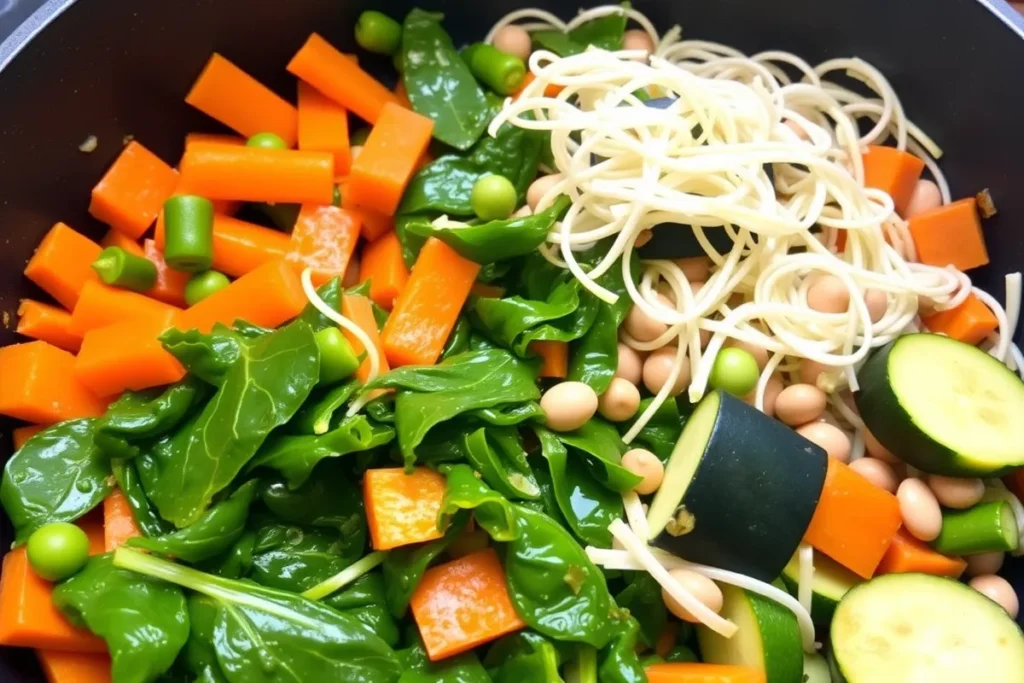
Heat a little oil in a skillet and sauté each vegetable—zucchini, carrots, and mushrooms—separately with a pinch of salt. This step keeps the flavors distinct and highlights each vegetable’s unique taste.
4. Cook the Protein:
If using beef or another protein, cook it in the same skillet with a bit of soy sauce until it’s tender and cooked through. If you’re making a vegetarian bibimbap, omit this step.
5. Prepare the Bibimbap Sauce:
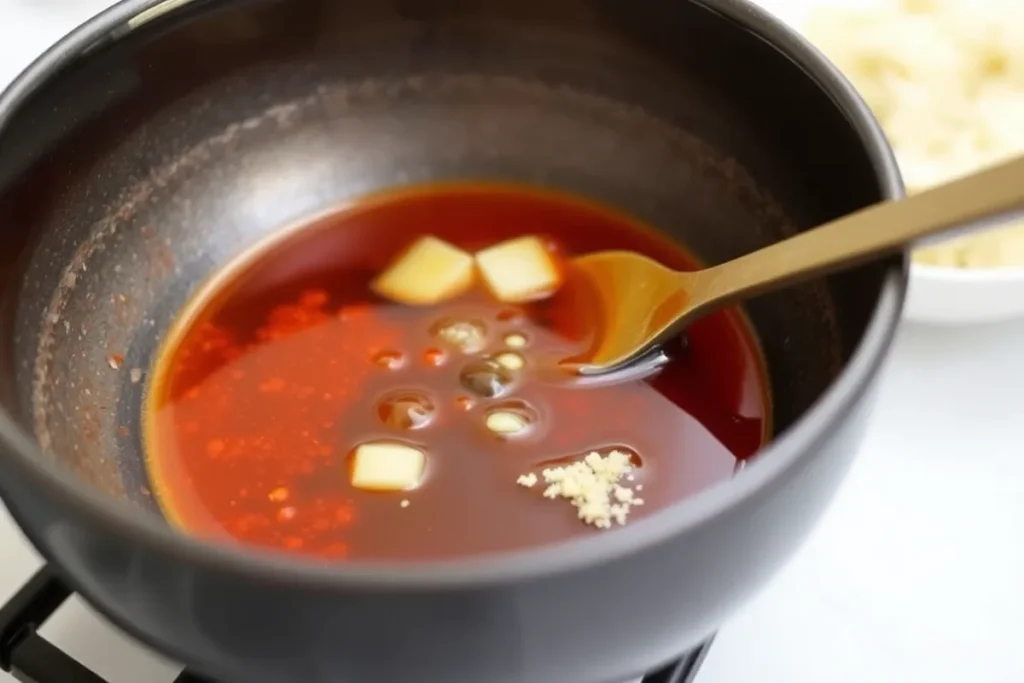
Mix together the gochujang, sesame oil, soy sauce, sugar, rice vinegar, and minced garlic in a bowl.
6. Fry the Egg:
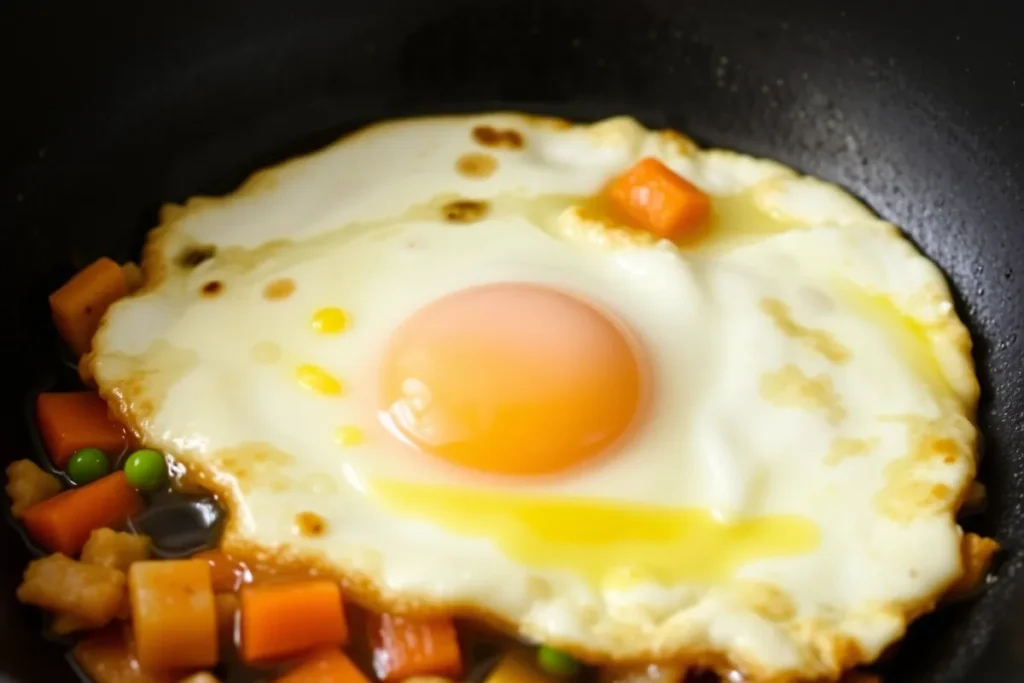
In a small pan, fry an egg sunny-side up, with a crispy edge and runny yolk.
7. Assemble the Bowl:
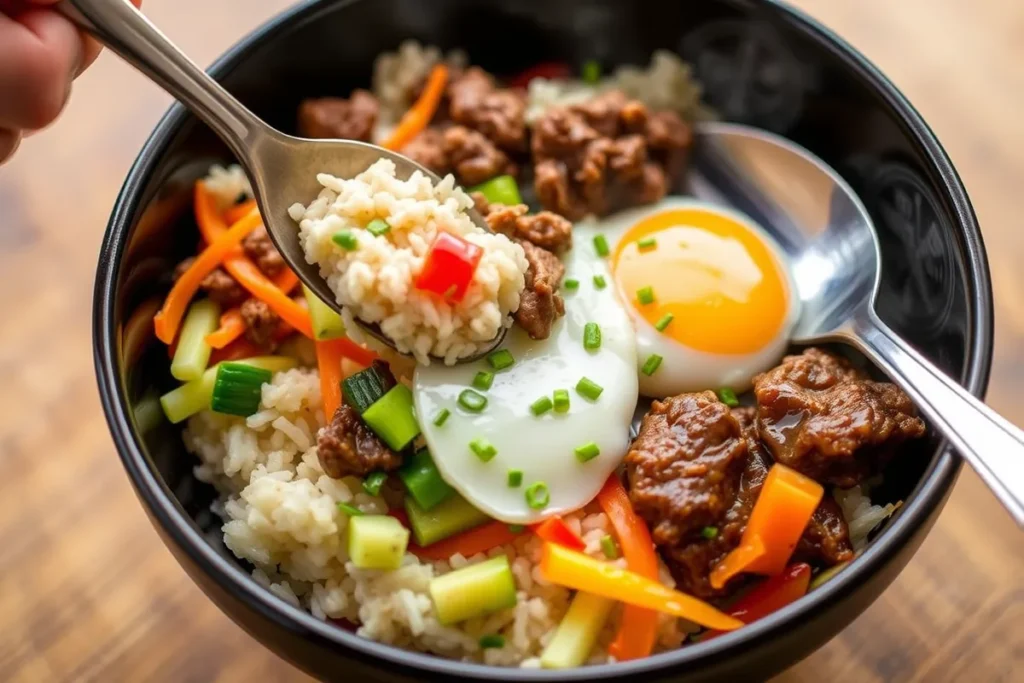
Add a portion of rice to each bowl, and arrange the vegetables, protein, and egg on top. Serve with a spoonful of bibimbap sauce.
Expert Tips for Perfect Bibimbap
- Balance the Flavors: Adjust the sauce ingredients to suit your preferred spice level. If you enjoy milder flavors, reduce the gochujang.
- Preheat the Stone Bowl (Optional): For an authentic Korean experience, use a hot stone bowl (dolsot) to serve bibimbap. The stone bowl gives the rice a crispy layer at the bottom, adding texture.
- Customize with Toppings: Garnish with toasted sesame seeds, kimchi, or a sprinkle of green onions for extra flavor and color.
Variations and Customizations
- Vegetarian Bibimbap: Skip the beef and add tofu or extra vegetables like bell peppers or baby corn.
- Seafood Bibimbap: Substitute beef with shrimp, fish, or even squid for a seafood-inspired version.
- Low-Carb Bibimbap: Use cauliflower rice instead of white rice for a low-carb alternative.
Storage and Reheating Instructions
- Store Leftovers: Keep the rice, vegetables, and sauce in separate containers. Refrigerate for up to 3 days.
- Reheating: Reheat the rice and veggies in the microwave or a skillet. The bibimbap sauce can be stored in the fridge for up to a week.
- Freezing: Although bibimbap is best fresh, you can freeze the cooked rice and veggies for quick meals.
Serving Suggestions
Pair this Bibimbap (Korean Rice With Mixed Vegetables) with other popular Korean dishes like kimchi or tteokbokki (spicy rice cakes) for a complete meal. Serve alongside a small bowl of miso soup or Korean BBQ meat for added flavor and authenticity.
Frequently Asked Questions (FAQs)
- What is Bibimbap (Korean Rice With Mixed Vegetables)?
Bibimbap is a traditional Korean dish consisting of mixed rice, assorted vegetables, and protein, topped with a spicy sauce. It’s a well-balanced and flavorful meal perfect for any time of day. - Is Bibimbap served hot or cold?
Bibimbap can be served both hot and cold. When served in a hot stone bowl (dolsot), the rice crisps at the bottom, creating a unique texture. - Can I make Bibimbap gluten-free?
Yes! Opt for gluten-free soy sauce, and ensure your gochujang is also gluten-free. Many brands now offer gluten-free options.
You’ll Also Love:
- Kimchi Fried Rice Recipe: Another iconic Korean rice dish with a spicy, tangy twist.
- Tteokbokki Sauce: Perfect for a quick and easy Korean snack.
- Easy Rice Dishes with Few Ingredients: Simple and delicious rice-based recipes for busy weeknights.
Conclusion
Bibimbap is more than just a rice bowl, it’s a culinary experience that combines the best of Korean flavors in one dish. With its customizable ingredients and satisfying flavors, this Bibimbap (Korean Rice With Mixed Vegetables) recipe is perfect for a healthy, quick, and delightful meal. Try it
at home, and let each bite transport you to Korea’s vibrant food scene!
Whip up this ultimate Korean comfort food and wow everyone at the table! Snap a photo of your beautifully crafted Bibimbap (Korean Rice With Mixed Vegetables) and tag #BeesRecipes on Instagram we’d love to see your delicious creation!


